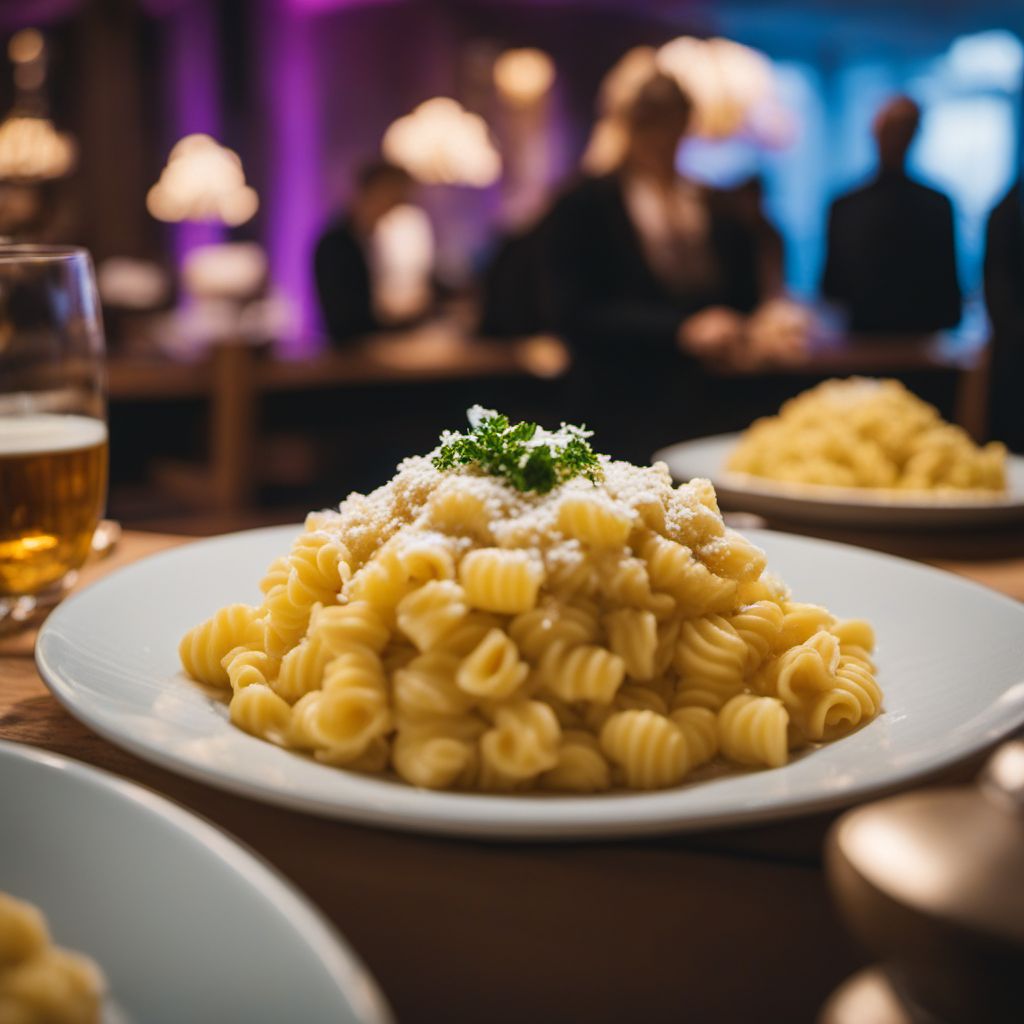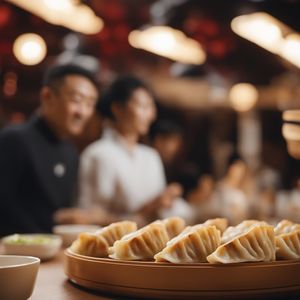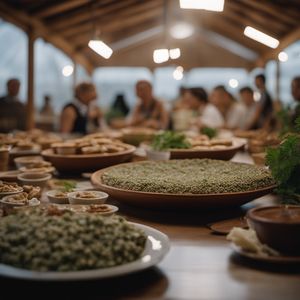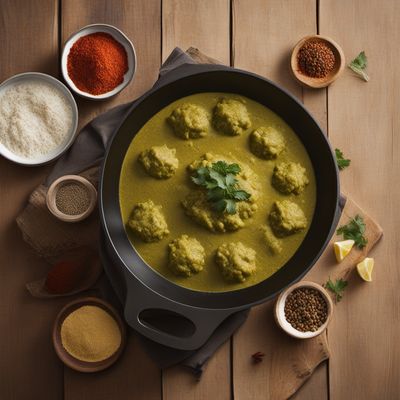
Dish
Kasnudeln
The dough for Kasnudeln is made from flour, eggs, and water. The filling is made from cheese, eggs, and salt. The dough is rolled out and cut into circles, and then the filling is placed in the center of each circle. The dough is then folded over the filling and the edges are pinched together to seal the Kasnudeln. The Kasnudeln is then boiled in salted water until it is cooked through. Kasnudeln can be served hot or cold, and is often topped with melted butter or a creamy sauce.
Origins and history
Kasnudeln has been a traditional dish in Austria for centuries, and is believed to have originated in the Salzburg region. It was originally made with a filling of leftover cheese and pasta, and was a way for people to use up their leftovers. Today, Kasnudeln is a popular dish throughout Austria and is often served at special occasions such as weddings and holidays.
Dietary considerations
Kasnudeln is not suitable for those who are lactose intolerant or have a dairy allergy. It is also not suitable for those who are gluten intolerant or have a wheat allergy.
Variations
There are many variations of Kasnudeln, including Kasnudeln with meat or vegetables. There is also a sweet version of Kasnudeln which is filled with fruit and sugar.
Presentation and garnishing
Kasnudeln can be presented on a platter with a drizzle of melted butter or a creamy sauce on top. It can also be garnished with fresh herbs such as parsley or chives.
Tips & Tricks
When making Kasnudeln, be sure to use fresh cheese for the filling. Also, be sure to seal the edges of the Kasnudeln tightly so that the filling does not leak out during boiling.
Side-dishes
Kasnudeln can be served with a variety of side dishes, including roasted vegetables, mashed potatoes, or a simple salad.
Drink pairings
Kasnudeln pairs well with a light red wine such as Pinot Noir or a crisp white wine such as Riesling.
Delicious Kasnudeln recipes
More dishes from this category... Browse all »

Afghan mantu
Afghan cuisine

Age gyoza
Japanese cuisine

Ajdovi krapi
Slovenian cuisine

Ajdovi štruklji
Slovenian cuisine

Alivongvong
Lao cuisine

Amadombolo
South African cuisine

Aushak
Afghan cuisine

Ba wan
Taiwanese cuisine


